The Brazilian Gold Rush: Gold Mining in Brazil
Published by Sam Jacobs on 10/13/20
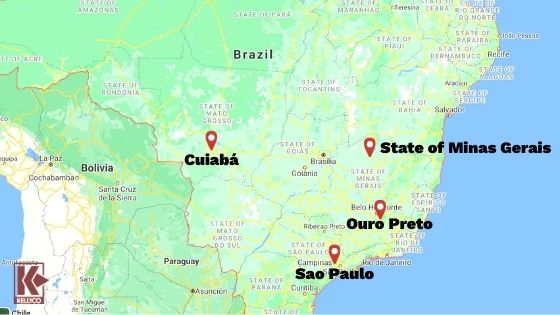
The Brazilian Gold Rush
It’s no surprise to anyone who knows anything about history that gold was a big draw for colonists coming to the New World. One of the earliest gold rushes that brought people across the ocean and attracted the attention of major world powers was the Brazilian Gold Rush.
At this time Brazil was an integral part of the Portuguese Empire. Back in 1690 when the Brazilian Gold Rush kicked off, Portugal was not a small nation almost surrounded by Spain, but a major world power in possession of one of the largest empires in the world. This is largely thanks to their early efforts at overseas exploration that predate even the Columbian Contact between the Old World and the New. Indeed, the Portuguese had been colonizing parts of Africa for the better part of a century before Christopher Columbus set sail across the Atlantic.
The Portuguese navigator Pedro Álvares Cabral first arrived in Brazil in 1500 intending to simply use the land as a trading post, but not to actually create any kind of permanent settlement or society there. Of course, other factors were luring the Portuguese to the region: The allure of adventure on new and untamed lands — and the women who were there. Native women often greeted explorers in a manner that would seem excessive during the hedonistic days of 1970s rock. The final result was that the Brazilian Gold Rush became the biggest in recorded history.
The Portuguese colonization of Brazil is very intimately tied to the Brazilian Gold Rush, especially the beginning. It was the Bandeirantes (a term that literally translates as “flag carriers”) who discovered rich deposits of gold in the mountains of Minas Gerais.
Who Were the Bandeirantes?
The Bandeirantes were something between the Spanish Conquistadors and the cowboys of the United States. They were men who sought to make their fortune in the New World by hook or by crook. Oftentimes this meant through adventuring, treasure hunting, or slaving. They were so-called because as they went on their adventures through the undiscovered country they would plant the Portuguese flag, claiming the land for the mother country. Like the American cowboys, they were largely responsible for the westward expansion of the country, going well past the Tordesillas Line, which Pope Julius declared as the dividing line between the Portuguese and Castilian New World in 1494.

Native Brazilians
The Bandeirantes are an interesting group of people sociologically. They hailed almost entirely from the São Paulo region of Brazil, which at that time was known as the Captaincy of São Vicente before changing its name to the Captaincy of São Paulo in 1709. They were descendants of some of the earliest Portuguese settlers in Brazil, however, they were very commonly of mixed blood between Europeans and Native Brazilians. This racial admixture is called “mameluco,” a term roughly equivalent to the Spanish mestizo. For their part, the Bandeirantes largely adopted many of the indigenous ways, which made it easier for them to survive in the often hostile and unforgiving interior of this strange new world.
In addition to claiming the land for the Portuguese Crown, the Bandeirantes’ main charge was to find and enslave the local native population. However silver, diamonds, and, of course, gold quickly became a much more lucrative adventure in the New World. Thus, their efforts shifted away from humans to minerals. They are largely responsible both for the large territory that is a part of Brazil today, but also almost single-handedly responsible for the discovery of mineral wealth in the vast country. The Captaincy of São Vicente transformed into the Viceroyalty of Brazil, more or less coterminous with the modern-day Republic of Brazil, largely thanks to their efforts. While they were certainly engaged in the unsavory practice of slavery, the Bandeirantes continue to enjoy a revered status in Brazilian history to this day.
A Massive Influx Into São Paulo
The population influx of the Brazilian Gold Rush absolutely dwarfs nearly every other gold rush in history. All told, almost one million souls flooded the country in search of fortune — 400,000 Portuguese and 500,000 African slaves went into the region to hunt for gold. Sugar plantations, previously a massive source of revenue for the Portuguese Crown, were abandoned so in favor of the gold mines in the southeastern part of the country. By 1725, half of the population of Brazil was living in the gold mining region of the country.
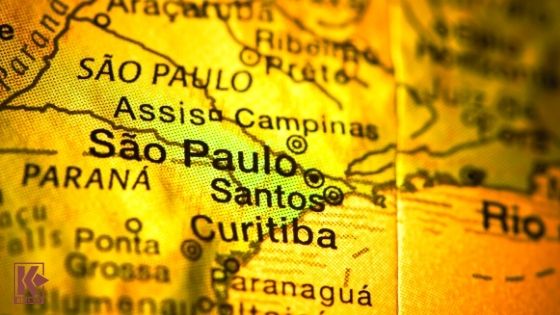
Sao Paulo
This also significantly impacted the population of the mother country. The Portuguese court at Lisbon was forced to restrict emigration to the colonies due to the massive outflux of people from Europe to the New World. What’s more, the Brazilian gold rush is distinguished from other, similar gold rushes, by the fact that much of the mining was being done by both African and indigenous slaves rather than free European labor.
The result was over 800 metric tons of gold pulled out of the region and that’s just the official tally. There was also illegal mining going on and other black-market forces that were finding more gold than they were reporting to the crown back in Lisbon, thousands of miles and an ocean away. Other gold was simply used for ornamentation locally on churches and other institutions.
While the region eventually took on the name the Captaincy of São Paulo, this was not the largest city in Brazil at the time. The largest city was Ouro Preto with 40,000 people by 1730 and a few decades later, 80,000. For context, this was twice the size of New York City at the time, while São Paulo had a mere 8,000 residents.
What’s more, the Portuguese were quickly outfoxed by their allies — and rivals — the British. The Portuguese wanted to ship as much of the gold they were mining back to the mother country and were deeply concerned about every last nugget that wasn’t making it back. To that end, they set up a massive bureaucracy to oversee the production of gold in Brazil. Unfortunately, it was also a very inefficient and often corrupt bureaucracy, so it might have caused more problems than it solved.
All told, the court in Lisbon demanded that fully 20 percent of all gold mined be sent directly to them, a massive tax that probably encouraged a lot of “off the books” mining allowing the miners to keep more of the spoils from the mines.
The Second Wave: The Cuiaba Gold Rush
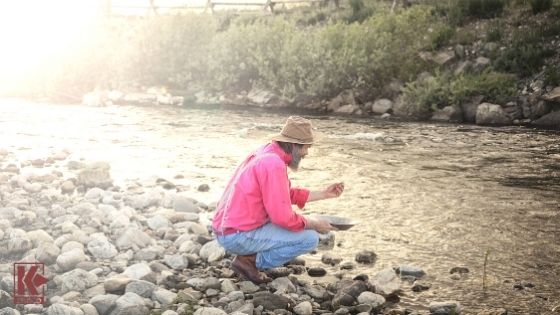
The Cuiaba Gold Rush
The first wave of the Brazilian Gold Rush might be termed the São Paolo Gold Rush due to it being centered in that Captaincy. However, there was a second wave of the Brazilian Gold Rush that was centered around the Cuiaba River, a little over 850 miles from the site of the first wave. At the time this was terra incognita and the second wave of the Brazilian Gold Rush helped to expand the borders of Brazil all the way to the frontier of what is now Bolivia.
Three men are generally credited with kicking off this second wave of the Brazilian Gold Rush: Pascoal Moreira Cabral Leme, Antonio Pires de Campos, and Miguel Sutil. However, we know very little about their lives other than that they were Portuguese adventurers who discovered gold in the area around the Cuiaba River. Over 7,000 men, including 2,600 slaves poured into the region quickly, and soon there were over 10,000 pounds of gold being produced by the region every month.
It was mostly to be for naught from the perspective of the Portuguese crown. First, there was the baked-in cost of transporting massive amounts of extremely heavy gold across an ocean. The overland journey out of the region to the coast took between five and seven months on its own. Then there was the unfortunate surprise upon opening the chests and finding lead inside. The perpetrators of this crime were never uncovered and the gold reserves in this area quickly played out making it almost entirely a bust from the perspective of the Portuguese monarch — but what a heist for whoever actually got that gold.
By the year 1737, there were only seven white men and a handful of slaves working in the region.
A Look at a Portuguese Gold Convoy
It goes without saying that transporting heavy goods in the 18th Century was nothing like transporting heavy goods today. Before the industrial revolution, the primary sources of energy were fire and muscle. This muscle might have been animal or human, but it was bound by all of the constraints that muscle is bound to. Having all the gold in the world doesn’t matter at all if you can’t move it to somewhere it can be spent or otherwise used, so this is significant in understanding the Brazilian Gold Rush, which largely took place before the invention of the steam engine.
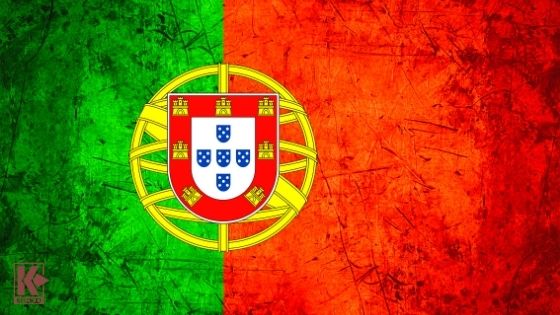
Portuguese Gold Convoy
The overland route was just about a hundred miles. This doesn’t sound like a lot by modern standards. It’s barely a “trip” and more of just a “long drive.” However, in addition to not having access to the internal combustion machine, the Portuguese gold train also had to contend with mosquitos (which were a deadly threat, not a minor nuisance, due to malaria and other diseases) as well as hostile natives.
The entire 1720 convoy was wiped out, but no one knows why. The 1725 convoy saw only two survivors after it was attacked by a canoe-based native tribe known as the Payaguá. In 1728, another convoy was attacked, this time to liberate a band of Paraesi captives who were being transported back as slaves. The 1730 convoy saw 400 people killed by hostile natives who also took nearly 2,000 pounds of gold, which they promptly threw in the river with no idea as to its true value. They kept about 300 pounds of the gold, which they traded to some Spaniards they encountered later. One Spaniard was able to trade a simple tin plate for five pounds of gold.
In 1733, a convoy attack left three survivors. This was the first attack that prompted a punitive counterattack from the Portuguese. To that end, they sent a force of 842 men to destroy a village of Payaguá Indians the next year. A similar attack in 1735 left another four alive.
Once the gold stopped flowing from the region the attacks on the Portuguese stopped. Instead, the Payaguá went back to feuding with their fellow Indians, the Guayacuru or Mbayá, who preferred horses to canoes.
The Aftermath of the Brazilian Gold Rush
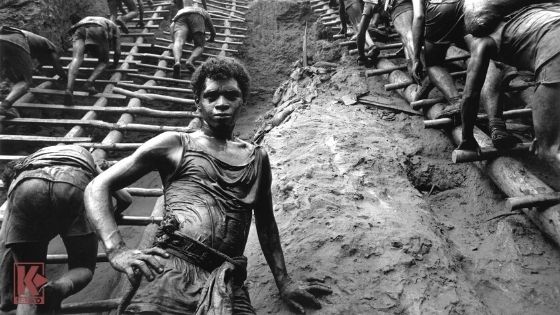
The Aftermath Of The Brazilian Gold Rush
The Brazilian Gold Rush was over almost as quickly as it began. Once the gold ran out, the entire Brazilian economy entered a very long period of stagnation. By the year 1807, gold had entirely ceased to be a source of revenue for the Portuguese crown.
There is still a great deal of gold to be found in the Amazon region of the nation, however, gold mining in and around the Amazon is strictly forbidden under Brazilian law. Illicit trade in Brazilian gold continues despite this ban, but the penalties are high. These miners come from all walks of life, unlike those who rushed to make their fortunes during the Brazilian Gold Rush.
The Brazilian Gold Rush is instructive in terms of how quickly even the largest reserves of gold in the world can be tapped out in a short period of time. We might not live in the days where easy fortunes can be made on all four corners of the globe, but there is still plenty of gold in the earth for those lucky or bold enough to find it. What’s more, we have means to both find and extract the gold from the earth that is far more than what was available to the Portuguese during the Brazilian Gold Rush.
Where will you find your fortune?
The last image is from The Serra Pelada Gold Mine in 1986. Photographed by Sebastião Selgado. Originally posted here: https://www.topic.com/the-deadly-spectacle-of-brazil-s-gold-mines
